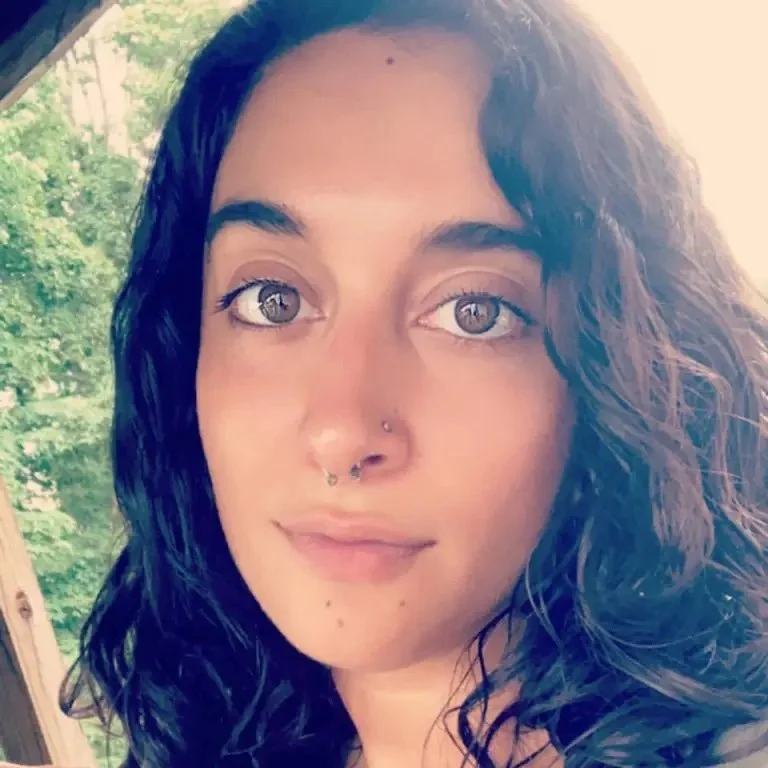
Teaching about the Eugenics Movement in Connecticut:
Racism and Resistance
Since January 2023, Daniel HoSang, Dora Guo, Eve Galanis and Bethsaida Nieves have been working with teachers and students to develop new and accessible teaching materials related to the history and legacies of the Eugenics Movement and Connecticut’s connection with the American Eugenics Society, which was founded on Yale’s campus in 1926. The study of this topic will help teachers, students, and the public comprehend the white elite reaction to the growth of non-white populations and foster a deeper understanding of the way in which eugenic thinking influenced our nation's approach to issues of race, gender, sexuality, mental health and disabilities, as well as how these ideas, promulgated by some of Connecticut’s foremost scholars, influenced eugenic thinking throughout the world.
Instructors:
Teaching about the Eugenics Movement in Connecticut: Racism and Resistance
Research & Curricular Guide
This guide seeks to aid teachers, educators, and students in researching and creating anti-eugenics curriculum. The materials below have been created through the labor and collaborations of educators and students in the Black and Latino History Project Eugenics Working Group and members of the Anti-Eugenics Collective at Yale.
A special thanks to Tenzin Dhondup, who compiled this resource guide and served as our zoom moderator.
Questions? Email: tenzin.dhondup@yale.edu
-
An organized sheet of the curricular research interests of teachers and students and their finished lesson plans. Refer to this source to find inspiration for your own anti-eugenics curriculum!
-
A comprehensive guide to exploring the history of American Eugenics and its many afterlives in statistics, gender and sexuality, incarceration and institutionalization, forced sterilization and reproductive justice, indigenous and anti-colonial contestations, child development, natural sciences, and music and creative arts. Members of the collective have worked to find articles, books, films, and other materials for each of these topics.
-
A guide to examining historical documents localized to New Haven and the American Eugenics Society and primary sources from across America.
-
A drive that contains presentations from each of the four work group sessions (1: history of eugenics, 2: exploring archives, 3: contemporary legacies, 4: community of practice), and primary sources that can be used in your research.




